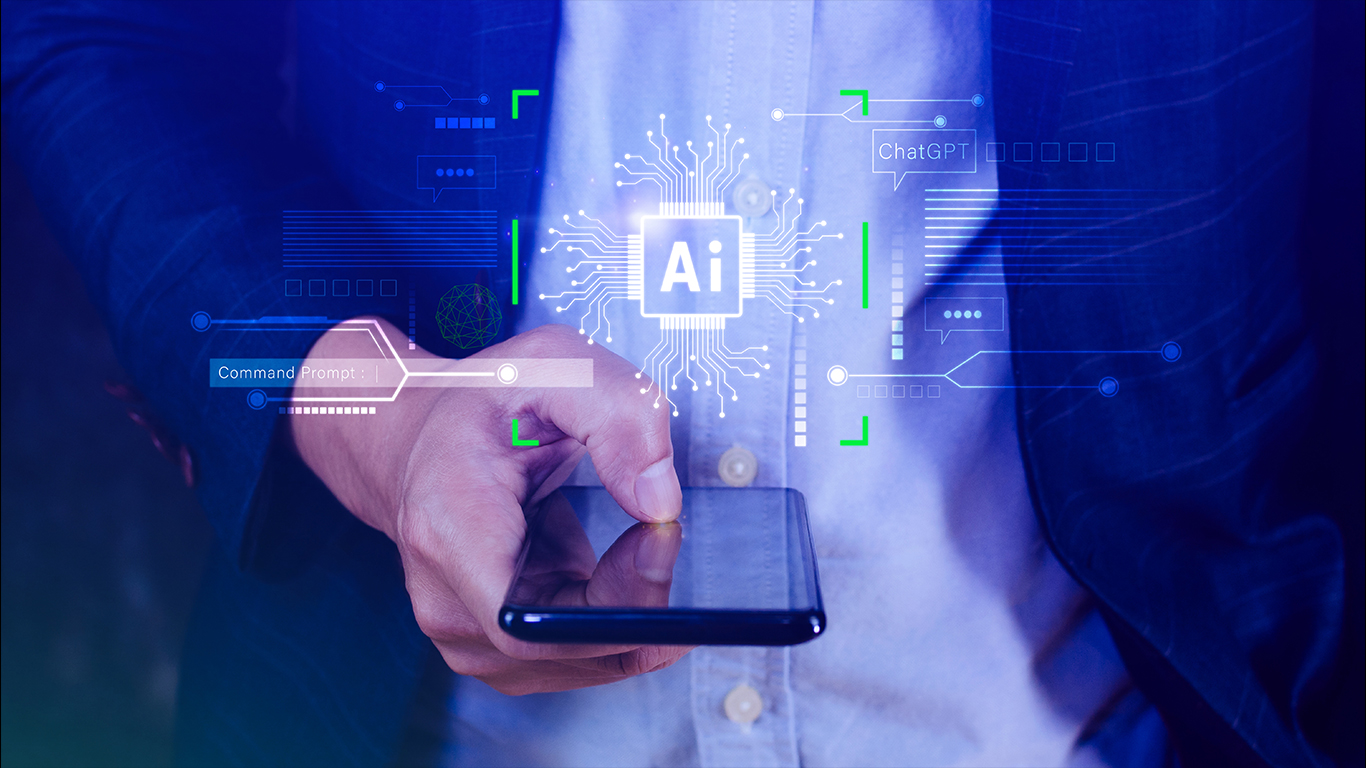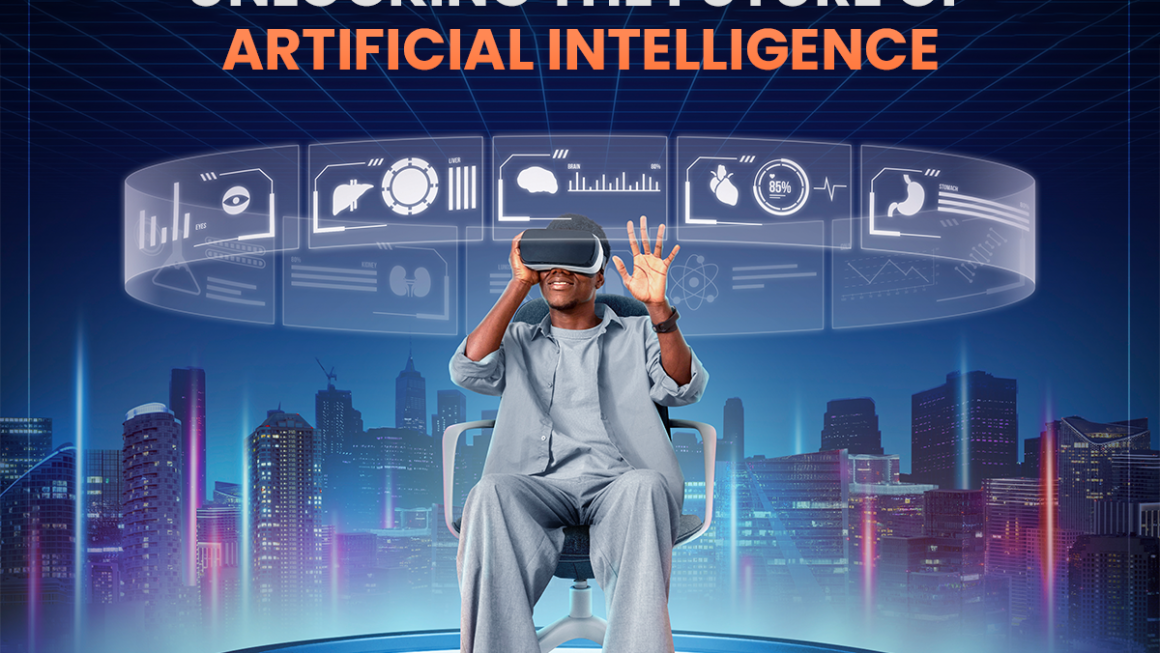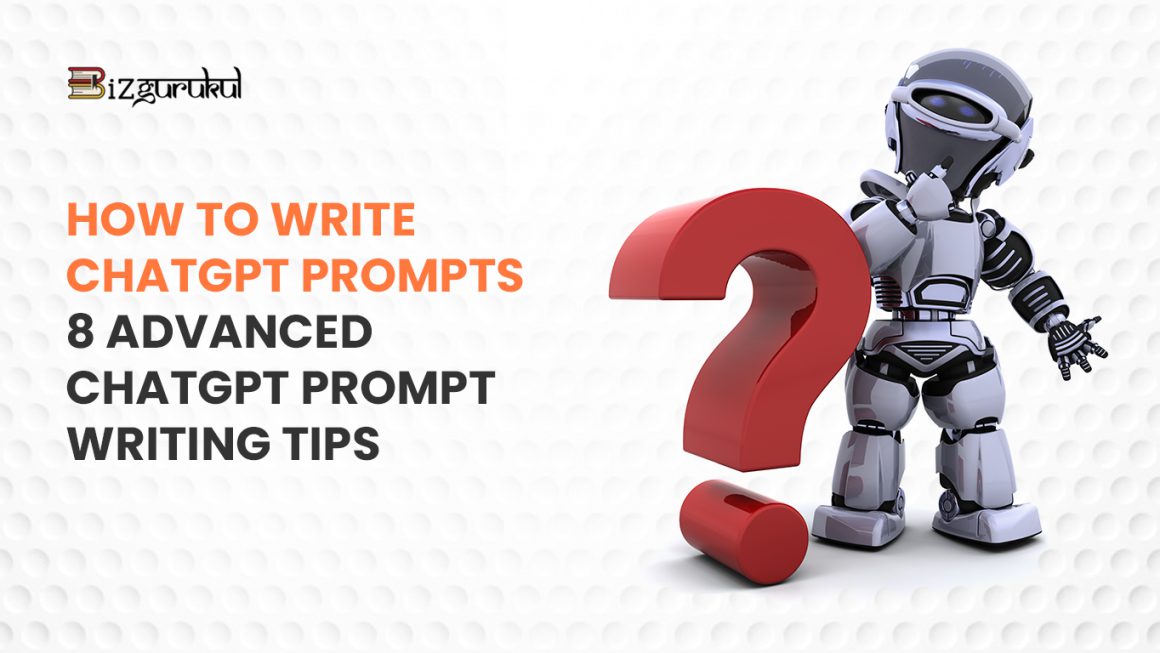Introduction
In this we will learn about ChaGPT, when and by whom was it created, how it works, what are its benefits and limitations & what does it hold for us in the future, going through every point briefly, understanding everything in detail.

What is ChatGPT?
OpenAI created ChatGPT, a modern language model that can understand and produce text that resembles that of a human depending on the input it gets. ChatGPT, which stands for “Chat Generative Pre-trained Transformer,” is based on the Transformer architecture, allowing it to take in and produce text with a very logical and fluent language.
Fundamentally, ChatGPT makes use of an approach known as unsupervised learning, in which it gains knowledge from a chunk of textual material that is freely accessible online. It is able to understand every aspect of human language, such as grammar, syntax, language, and context, thanks to this learning process. To improve performance and accommodate changing linguistic patterns, the model is updated and improved upon regularly.
ChatGPT can be used for a number of purposes, such as text replacement tools, chatbots, virtual assistants, and content creation. It is particularly good at understanding natural language inputs and producing grammatically sound and contextually appropriate responses. It’s an effective tool for improving user experiences on various platforms because it can mimic human-like discussions.
One of the key benefits of ChatGPT is its versatility. It can hold discussions on a variety of subjects, respond to inquiries, offer advice, and even produce original writing like poetry, fiction, and product descriptions. Because of its versatility, it may be applied to a wide range of use cases, including customer service, instructional platforms, and creative writing support.
The features of ChatGPT go beyond just creating text. It can understand difficult questions, deduce meaning from context, and generate answers that are understandable to people. It can adapt to different speech styles and personal preferences over time since it can learn from interactions.
Like any AI model, ChatGPT also brings up significant ethical issues, such as privacy issues, bias, and misuse. In order to encourage developers and users to think about the ethical implications of ChatGPT’s applications and to advance accountability and transparency in AI development and deployment, OpenAI places a strong emphasis on the responsible deployment and use of ChatGPT.
When and by whom was ChatGPT created?
OpenAI is an artificial intelligence research organization that created ChatGPT. It was not “discovered” in traditional terms; OpenAI’s engineers and researchers worked together to create it. A group of specialists in machine learning, deep learning, and natural language processing (NLP) collaborated to create ChatGPT. They used vast text sets of data from the internet to build and train the model. Over time, the model underwent repeated refinement and improvement, resulting in the development of ChatGPT and further iterations, including GPT-2 and GPT-3, as well as maybe more recent versions.
OpenAI took some time to build the ChatGPT model and its predecessors, such as GPT-2 and GPT-3. While GPT-3 was first unveiled in June 2020, GPT-2 was first disclosed in February 2019. These models are a component of OpenAI’s continuous artificial intelligence and natural language processing research and development. The exact date that ChatGPT was created could change based on when OpenAI began building and refining this specific model. But ChatGPT is really just an implementation or variation of OpenAI’s GPT (Generative Pre-trained Transformer) architecture.
How Does ChatGPT Work?
The Transformer model is a deep learning architecture, and is the foundation upon which ChatGPT functions. This is a short description of ChatGPT’s functionality:
- Pre-training: To help ChatGPT understand the patterns, structure, and semantics of human language, it is pre-trained on a significant amount of text from the internet. The model is exposed to a broad range of text during pre-training, including content from books, websites, papers, and other sources of natural language data.
- Tokenization: ChatGPT divides text into smaller pieces known as tokens prior to processing it. A word, subword, or character is represented by each token, which is processed by the model in an orderly way.
- Transformer Architecture: The encoder and decoder that make up the Transformer architecture are used by ChatGPT. The decoder portion is the only one used during interpretation. While the decoder creates the output sequence, the encoder processes the text input.
- Attention Mechanism: To identify word dependencies in a sequence, the Transformer model makes use of attention processes. This enables the model to generate responses by concentrating on specific sections from the input text.
- Contextual Embeddings: The input sequence’s tokens are given contextual embeddings by ChatGPT. These embeddings capture Each word’s meaning inside the framework of the entire phrase or paragraph.
- Generation: ChatGPT use its acquired knowledge to forecast the most likely token in the sequence based on the input text when producing responses. It keeps producing tokens one by one until it reaches a maximum length or specified stopping point.
- Beam Search (Optional): ChatGPT may employ beam search to investigate several sequence continuations while the sequence is being generated. Beam search considers multiple possibilities at once, thereby improving the variety and quality of generated results.
- Output: ChatGPT displays the generated text in response to the input prompt after the generating procedure is finished.
What are the benefits of ChatGPT?
- Natural Language Understanding: ChatGPT is able to understand and evaluate natural language input, which enables it to have human-like discussions with users. Chatbots that provide customer support, virtual assistants, and interactive applications all benefit greatly from this feature.
- 24/7 Availability: ChatGPT is always available to answer questions and fulfill requests from users, and it can do so without interruption. This accessibility guarantees timely help and support day or night, which increases satisfaction for users.
- Scalability: ChatGPT can accommodate a high volume of concurrent user interactions due to its scalable architecture. ChatGPT is capable of handling increasing demand without causing appreciable performance degradation, whether of its deployment on a small or large-scale website or platform.
- Consistency: Contrary to human agents, ChatGPT consistently responds to comparable questions, guaranteeing consistency in communication between various users and channels. Standards for communications and brand identification are maintained because of this consistency.
- Personalization: To respond to each user’s tastes and demands, ChatGPT can be trained on domain-specific data and then customized. The user experience is improved by this personalization, which provides suggestions and relevant information.
- Data-driven Insights: ChatGPT uses user interactions to extract useful insights such as trending topics, frequently asked questions, and user preferences. Decisions about product development, corporate strategy, and customer service enhancements can all be influenced by the analysis of these findings.
- Enhanced User Engagement: ChatGPT’s conversational features encourage more in-depth communication and involvement from users. ChatGPT creates memorable and interactive experiences that encourage user retention, encourage return visits, and strengthen brand loyalty.
- Multilingual Support: Businesses may reach and interact with a wide range of audiences in various areas and locations by training ChatGPT to support several languages.
- Continuous Improvement: Based on user input and fresh data sources, ChatGPT can be adjusted and updated over time. The model is kept current and useful in satisfying changing customer expectations thanks to this ongoing refinement.
- Cost-effective Customer Support: ChatGPT lowers the requirement for human participation in customer service operations by automating routine inquiries and support duties. Businesses save money thanks to this automation, which also frees up human agents to work on higher-value or more sophisticated activities.
What are the limitations of ChatGPT?
Despite ChatGPT’s many advantages, there are several limitations.
- Lack of Context Understanding: ChatGPT occasionally makes mistakes or responds absurdly when it is unable to completely comprehend the context of a conversation. It may not appropriately understand complex or nuanced circumstances because it is dependent on patterns in the data that it was trained on.
- Inability to Reason or Infer: ChatGPT is unable to reason, infer, or comprehend ideas that are outside the purview of its training, despite its capacity to produce responses based on patterns in its training data. It could give factually inaccurate responses or ignore the underlying meaning of a question.
For More Info Visit :- Click Here
Vulnerability to Biases: ChatGPT may unintentionally reinforce biases found in its training set. ChatGPT could respond in a prejudiced or discriminatory manner if the training data contains biases pertaining to gender, ethnicity, or other sensitive characteristics.
- Limited Domain Knowledge: The knowledge that ChatGPT possesses is restricted to the data found in its training set. When asked questions outside of its training dataset that call for specific or specialized expertise, it could find it difficult to give reliable answers.
- Prone to Generating Incoherent or Irrelevant Responses: ChatGPT can occasionally provide nonsensical or incoherent responses, especially when given unclear or ill-structured input.
- Difficulty in Handling Complex Queries: ChatGPT may find it difficult to answer complicated or multi-step questions that go beyond basic language creation and interpretation and call for reasoning, knowledge synthesis, or decision-making.
Future of ChatGPT:
The future of ChatGPT is likely to involve several exciting developments and advancements:
- Improved Language Understanding: ChatGPT versions to come might have improved language comprehension features, which would help the model understand context, deduce meaning, and produce more pertinent and well-thought-out responses.
- Reduced Bias and Fairness:We will keep up our efforts to reduce bias and advance fairness in AI models such as ChatGPT. To get more equal results, researchers and developers will endeavor to detect and rectify biases inherent in training data and model architectures.
- Increased Personalization and Customization: ChatGPT might grow more individualized and flexible to fit particular use cases and industries. To enable more individualized interactions with consumers, businesses and developers may have tools to fine-tune the model depending on their particular requirements and preferences.
- Multimodal Capabilities: Future iterations of ChatGPT might include multimodal features that would enable the model to process and produce text in addition to other modalities including images, audio, and video. Richer and more immersive user experiences might be made possible by this.
- Enhanced Emotional Intelligence: ChatGPT versions in the future might have more emotional intelligence, which would allow the model to comprehend and cater to users’ emotional demands and states more effectively. More sympathetic and human-like relationships may result from this.
Conclusion:
To summarise, ChatGPT is a significant progression in natural language processing technology, providing a versatile and effective platform for communication, content creation, and human-computer interaction. ChatGPT is at the forefront of innovation in AI and is influencing how humans and AI will collaborate and communicate in the future.




